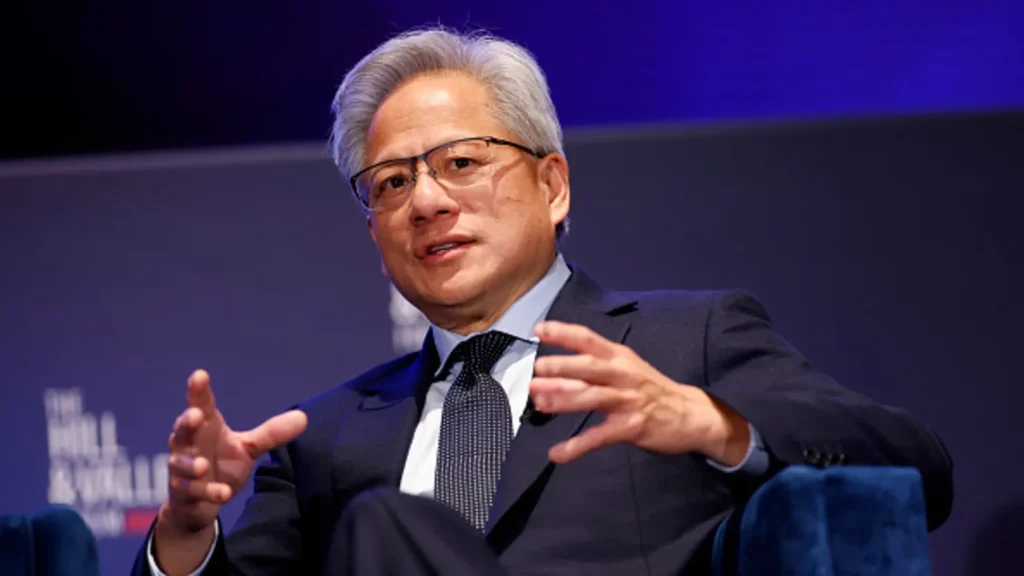Nvidia CEO Jensen Huang: No Matter Your Career Path, Here’s How I’d Use AI as a Student Today

If Nvidia CEO Jensen Huang were a student right now, he knows exactly what he’d be focusing on: learning how to use generative AI to his advantage.
“The first thing I would do is learn AI,” Huang said during a January appearance on the Huge Conversations podcast with Cleo Abram. He referenced tools like ChatGPT, Gemini Pro, and Grok as examples of where to start.
For Huang, the ability to effectively communicate with AI is becoming just as important as any technical skill. “Learning how to interact with AI is not unlike being someone who’s really good at asking questions,” he explained. “Prompting AI takes a certain level of skill and creativity. You can’t just throw random requests at it — there’s an art to giving good direction.”
He compares it to asking someone about their business. A broad question like “Tell me about your business” is hard to answer well. But a more focused question, like “What are the first steps to starting an online retail business?” can spark a much more useful conversation.
The same principle applies to AI.
Prompting expert Kelly Daniel echoed that idea in a February piece for CNBC Make It, encouraging users to think of AI like a smart, eager child. “They want to help you,” she wrote, “but they don’t know everything you know. It’s your job to give them the context they need.”
Daniel advises organizing prompts clearly — breaking them into bullet points or numbered steps rather than rambling paragraphs. The more structured and specific your prompt, the more useful the AI’s response. Including examples can help too.
Here’s one example of a strong prompt Daniel suggests:
*“I need to give a keynote speech at my company’s annual conference. I want it to sound like Bill Gates during his early days at Microsoft. The speech needs to:
- Congratulate the team on a great first quarter
- Acknowledge our improvements in marketing and media strategy
- Introduce our new productivity goals and inspire the team to meet them.”*
Despite the massive potential of AI, few young people are using it regularly. Only 11% of Americans ages 14 to 22 say they use generative AI once or twice a week, according to a 2024 report by Harvard’s Graduate School of Education, Common Sense Media, and Hopelab. Meanwhile, a LinkedIn study projects that 70% of the skills required for today’s jobs will evolve by 2030, in large part due to AI.
That’s why Huang believes developing strong AI prompting skills is crucial — not just for students in tech, but across every field.
“If I were a student today,” he said, “it doesn’t matter whether it’s math, science, chemistry, biology — no matter what field I’m going into — I’d be asking myself, ‘How can I use AI to do my job better?’”

